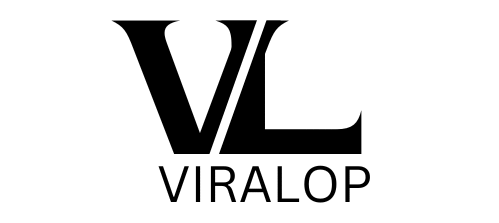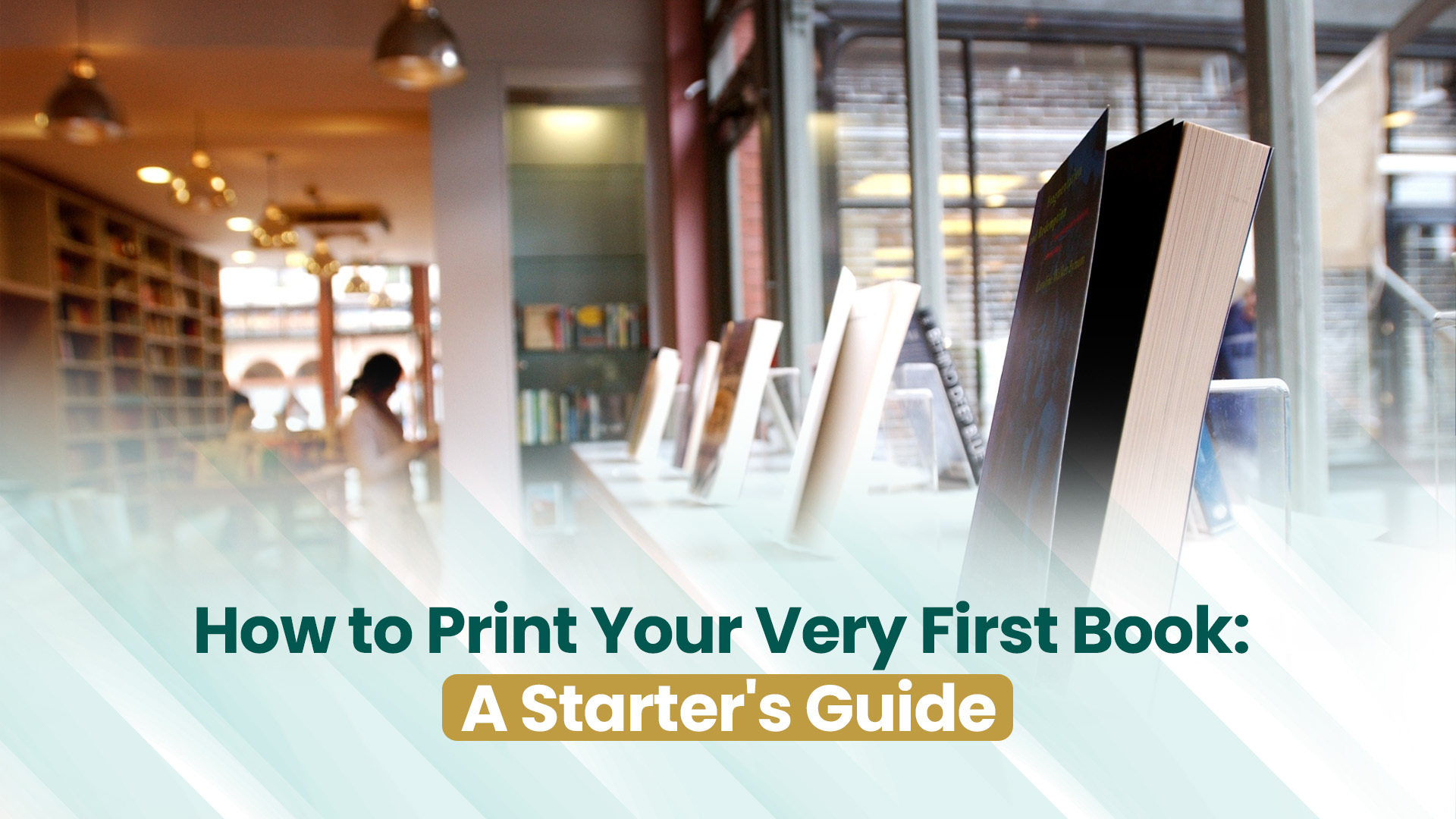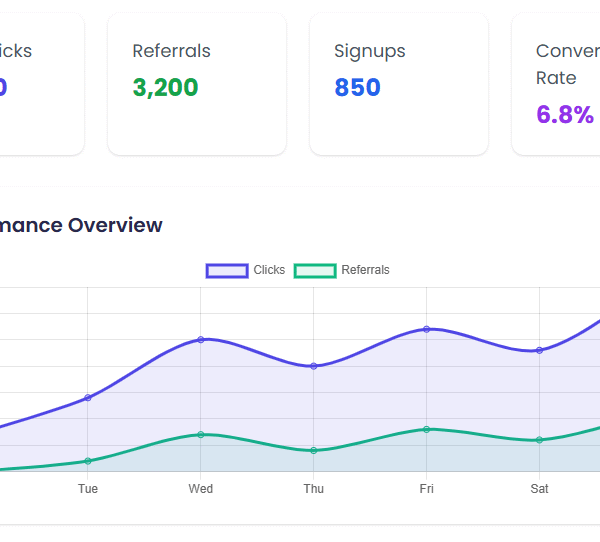Publishing your very first book is going through a blindfold maze. You’ve worked for months, and perhaps years, over your manuscript, and now stands before you is that awful question: How in the heck do I publish it? While you can always opt for book publishing services, you should always explore your options first. If what you want is to have your novel on the store shelves or your non-fiction in readers’ hands around the globe, then this book will guide you by the hand, step by step.
Let’s dissect it so you can ease up knowing you’ll be prepared to bridge the gap between writer and published writer.
Step 1: Finish Your Manuscript
Your manuscript must first be in top shape before you try to get it published. That means:
- Finishing your draft from beginning to end.
- Self-editing for plot, pacing, and grammar.
- Receiving beta reader feedback from committed readers.
- Hiring a professional editor if you can afford to do so (particularly in self-publishing).
You don’t hurry here. The quality of writing in your book will dictate the attention it will get from agents, publishers, or readers.
Step 2: Select Traditional Publishing or Self-Publishing
There are two general routes to publication:
Traditional Publishing
You release your book through a publishing house—typically with the assistance of a literary agent. The publisher does editing, typesetting, marketing, and distribution should be published. You receive royalties (and maybe an advance), but you give up some artistic and financial control.
Best for: Writers looking for broad distribution, industry credibility, and professional support.
Self-Publishing
You publish the book yourself—typically through websites such as Amazon KDP, IngramSpark, or Draft2Digital. You have all the authority: editing, cover, marketing, and pricing. More for you to do, but complete control and more profit.
Good for: Authors desiring the greatest degree of creative freedom, short production times, or writing for niche markets.
Step 3: If Traditional Publishing, Write a Query Letter and Book Proposal
If you’ve decided on traditional publishing, you’ll likely need a literary agent (especially for fiction). Here’s what you’ll need to submit:
- Query Letter: One-page pitch describing your book and why you are qualified to write it.
- Synopsis: One- to two-page summary of the entire plot of a book, including the ending.
- Sample Chapters: Almost always 10 to 50 pages of the beginning chapters of your book.
Conduct your research and send your submissions exclusively to those agents or publishers that are the most appropriate match for your particular genre. It is an unfortunate reality of this process, and bearing in mind that rejection is a part of it.
Step 4: If Self-Publishing, Assemble Your Publishing Team
Even with self-publishing, you don’t have to do everything yourself. To produce a professionally quality book, you’ll require:
- An editor (developmental, line, and/or copyediting)
- A cover designer (your book will be judged by its cover)
- A formatter for the interior layout (for both print and digital versions)
- A proofreader to catch final errors
Self-publishing companies are those that do everything for you, but make sure they are well-reputed and do not claim rights over your work.
Step 5: Choosing How and Where to Publish
Your goal decides which platform you are going to publish your book on.
For Self-Publishing
Amazon Kindle Direct Publishing (KDP): This covers ebooks while also printing paperbacks.
IngramSpark: Best for bookstore distribution and libraries.
Draft2Digital: Helps distribute on Apple Books, Barnes & Noble, Kobo, etc.
Step 6: Getting Launch Ready
Whatever way you publish, a successful launch of your book is crucial.
Build Your Author Platform:
- Have a blog or newsletter on your website.
- Be where your target market is on social media.
- Start building a community of readers and writers.
- Utilize Marketing Tools
- Hire a launch team to read and give your book feedback.
- Establish pre-orders where possible.
- Another way that gets the word out is through email marketing directed at subscribers.
- Telling book bloggers, influencers, or local media.
The publishing date is only the first step in getting your book into the hands of readers.
Step 7: Listen to the Monetization Side
Self-publishing a book will cost money. The following are some costs to expect:
Service\Estimated Cost
Editing \$300–$3,000
Cover Design\$100–$500
Formatting\$50–$250
ISBNs $0–$125 per book (free with KDP, extra with others)
You will need to be conversant with royalties as well:
- Traditional publishing has historically provided 5–15% of the money the customer paid, minus the advance.
- Self-publishing provides 35–70% of sales, depending on the platform and price.
Step 8: Keep Writing
Most. Bestsellers only become bestsellers after they’ve already released a second or third book into the market. A backlist establishes your author credibility, royalties, and audience. Don’t stress if the first one doesn’t set the world ablaze—use it as a warm-up.
Winding Everything Up.
Feeling overwhelmed? That’s completely fine. Do it; it is possible to do it. Prepare, persevere, and plan wisely-whether traditional or self-publishing. Get focused and committed to your craft, keep learning, and remember… each successful author started in the same position as you!






